Home>Interior Design>A Perfectly Peaceful Mid-Victorian Terrace In London
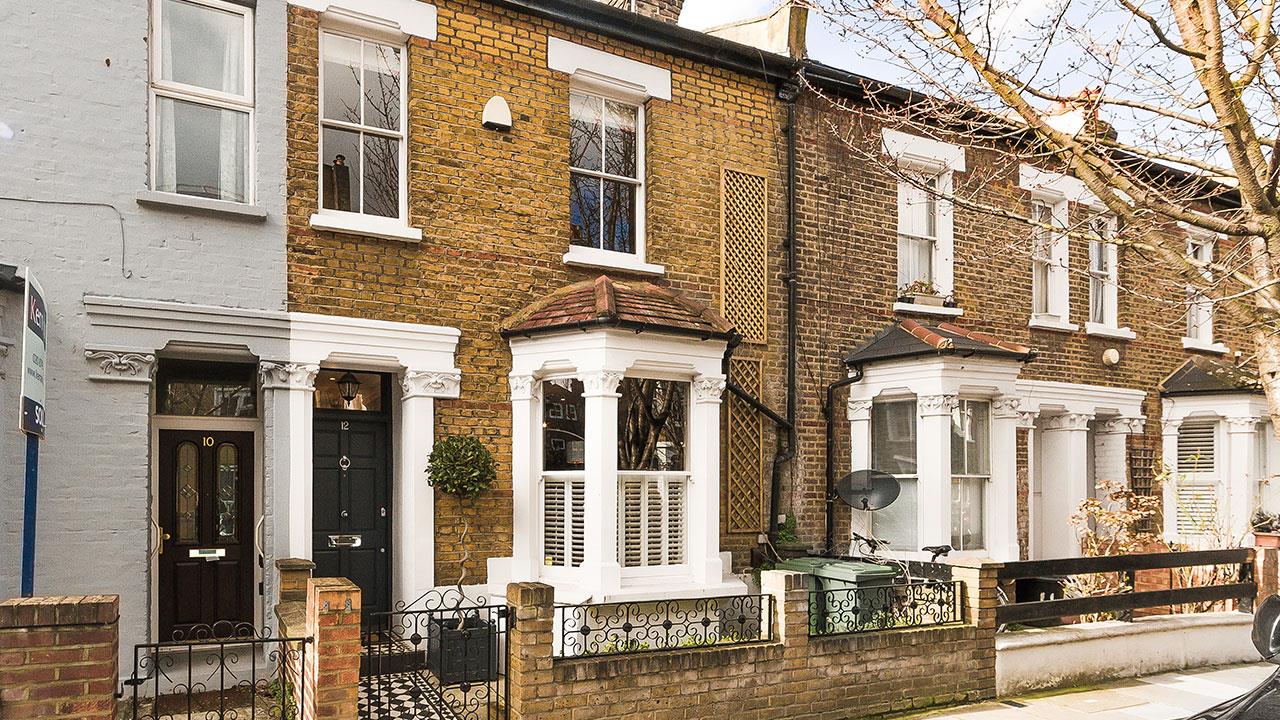

Interior Design
A Perfectly Peaceful Mid-Victorian Terrace In London
Modified: January 20, 2024
Discover the perfect blend of peace and Victorian charm in this stunning London terrace. Immerse yourself in exquisite interior design and experience true serenity.
(Many of the links in this article redirect to a specific reviewed product. Your purchase of these products through affiliate links helps to generate commission for Storables.com, at no extra cost. Learn more)
Introduction
Welcome to the world of mid-Victorian terraces in London, where history meets style and design. These iconic architectural wonders have stood the test of time, showcasing the elegance and charm of the Victorian era. With their characteristic features and impeccable craftsmanship, mid-Victorian terraces have become synonymous with a perfectly peaceful living environment.
London, with its rich history and architectural heritage, is known for its diverse range of buildings. The mid-Victorian terraces, built during the reign of Queen Victoria between 1837 and 1901, hold a significant place in the city’s architectural landscape. These terraces, also known as row houses or townhouses, were a popular choice among the middle and upper-middle classes during the Victorian era.
The mid-Victorian period was a time of innovation and progress in architecture and design. It was a transition period between the earlier Georgian style and the later Edwardian style. The architecture of mid-Victorian terraces combined elements from both of these eras, resulting in a unique and distinctive aesthetic.
One of the key features of mid-Victorian terraces is their solid brick construction. These houses were built to last, ensuring durability and strength. The facades of the terraces often feature decorative detailing, such as intricate cornices, ornate balconies, and grand entrances.
Another important aspect of mid-Victorian terraces is their layout and interior design. These houses are typically arranged over multiple floors, with the ground floor serving as the main living space and the upper floors housing the bedrooms and private areas. The interiors are characterized by high ceilings, large windows, and intricate moldings.
The mid-Victorian era was also a time of significant advancements in technology, which influenced the design and functionality of these terraces. The introduction of gas lighting, indoor plumbing, and central heating systems made these houses more comfortable and modern for their residents.
In terms of style, mid-Victorian terraces showcase a blend of different architectural influences. The Italianate style, with its symmetrical forms and classical motifs, was popular during this period. Elements of the Gothic Revival style, characterized by pointed arches and intricate stonework, can also be found in some terraces.
Join us as we explore the unique charm and allure of mid-Victorian terraces in London. Discover the architectural details, the peaceful ambiance, and the captivating gardens that make these houses truly exceptional. Learn about the preservation efforts taking place to ensure these historical gems continue to enrich London’s architectural landscape.
Key Takeaways:
- Step into the serene world of mid-Victorian terraces in London, where historical charm meets modern tranquility. From solid brick construction to carefully landscaped gardens, these houses offer a peaceful oasis in the bustling city.
- The preservation and restoration efforts for mid-Victorian terraces in London ensure that these iconic homes continue to captivate and inspire future generations. With ornate facades, high ceilings, and community involvement, these houses stand as timeless treasures of the Victorian era.
Historical Background of Mid-Victorian Terraces in London
The mid-Victorian era, spanning from 1837 to 1901, was a period of significant growth and development in London. As the city expanded, the demand for housing grew, giving rise to the construction of mid-Victorian terraces. These terraces were built to accommodate the growing middle and upper-middle classes.
During this time, London experienced a population boom due to industrialization and urbanization. Many people moved to the city in search of employment opportunities, leading to a need for more housing options. Mid-Victorian terraces became a practical and efficient solution to this housing demand.
The construction of mid-Victorian terraces was shaped by several factors, including advances in transportation and changing social dynamics. The introduction of railways made it easier for people to commute from the outskirts of the city, leading to the development of new residential areas.
The design and layout of these terraced houses was influenced by the prevailing architectural styles of the time. The Georgian style, characterized by its symmetrical facades, sash windows, and elegant proportions, served as a foundation for the mid-Victorian terrace design.
However, the mid-Victorian era also witnessed a shift towards a more eclectic and varied architectural style. The influences of the Gothic Revival and Italianate styles can be seen in the decorative detailing and ornate features of many mid-Victorian terraces.
One of the notable features of mid-Victorian terraces is their uniformity. Often built in rows or groups, these houses share a consistent architectural style, creating a cohesive streetscape. The uniformity of design was not only aesthetically pleasing but also reflected the social aspirations of the residents.
The interiors of mid-Victorian terraces were designed with functionality and comfort in mind. The ground floor typically consisted of a reception room, a dining room, and a kitchen. The upper floors housed the bedrooms, along with separate rooms for living quarters and domestic staff.
It is worth noting that not all mid-Victorian terraces were created equal. The design and quality of these houses varied depending on the socioeconomic standing of their intended occupants. Some terraces were more ornate and elaborate, catering to the affluent, while others were more modest and utilitarian.
Over time, the popularity of mid-Victorian terraces waned as architectural trends shifted. Many of these houses fell into disrepair and were at risk of being demolished. However, in recent years, there has been a renewed appreciation for the historical significance and architectural value of mid-Victorian terraces.
Efforts have been made to preserve and restore these houses, ensuring that the unique heritage and character they bring to the streets of London are not lost. Mid-Victorian terraces continue to stand as a testament to the city’s rich architectural legacy and serve as cherished homes for residents who appreciate their historical charm and timeless appeal.
Architecture and Design of the Mid-Victorian Terrace
The mid-Victorian terrace is a prime example of architectural brilliance and intricate design. These houses were carefully crafted to reflect the tastes and aspirations of the Victorian era’s middle and upper-middle classes. The architecture and design of the mid-Victorian terrace encompass both exterior facades and interior layouts.
The facades of mid-Victorian terraces boast an array of architectural detailing that adds grandeur and charm. The terraces were predominantly constructed using brick, providing a solid and enduring structure. The facades often feature decorative elements such as cornices, pilasters, and ornate balconies, further enhancing their visual appeal.
The windows of mid-Victorian terraces are another notable feature. Large sash windows commonly adorn the front of these houses, allowing plenty of natural light to flood the interiors. These windows contribute to the overall elegance and symmetry of the terrace’s design.
One of the distinguishing characteristics of mid-Victorian terraces is their multi-story design. These houses typically consist of two or three floors, offering ample living space for the growing families of the time. The ground floor usually serves as the main reception area, while the upper floors house the bedrooms and private quarters.
The layout of the interiors is defined by spacious rooms with high ceilings and intricate moldings. The ground floor often features a grand entrance hallway, leading to the reception rooms. The reception rooms were designed to impress guests with their ornate fireplaces, elaborate plasterwork, and elegant chandeliers.
The upper floors of mid-Victorian terraces are dedicated to the bedrooms and private spaces. The bedrooms are generously sized, adorned with decorative cornices and ceiling roses. Some terraces may also include separate dressing rooms or en-suite bathrooms, adding to the luxuriousness of the design.
In terms of style, mid-Victorian terraces draw inspiration from various architectural movements. The Italianate style, with its emphasis on symmetry and classical motifs, heavily influenced the design of these houses. The Gothic Revival style also left its mark, seen in the pointed arches and intricate stonework that adorn some mid-Victorian terraces.
Throughout the mid-Victorian period, technological advancements played a significant role in shaping the architecture and design of these terraces. The introduction of gas lighting, indoor plumbing, and central heating systems brought modern comfort and convenience to the residents.
Overall, the architecture and design of mid-Victorian terraces reflect the period’s emphasis on elegance, class, and attention to detail. From the stunning facades to the exquisite interiors, these houses showcase the craftsmanship and artistic vision of the Victorian era. Mid-Victorian terraces continue to captivate admirers with their timeless beauty and serve as a testament to the architectural legacy of London’s past.
The Peaceful Ambiance of a Mid-Victorian Terrace in London
Step into a mid-Victorian terrace in London, and you’ll be enveloped in a serene and tranquil atmosphere. These houses, with their characteristic architecture and well-designed interiors, lend themselves to creating a peaceful living environment for their residents. Let’s explore the elements that contribute to the peaceful ambiance of a mid-Victorian terrace.
First and foremost, the solid brick construction of mid-Victorian terraces provides excellent soundproofing. This means that once you step inside, the noise of the bustling city is muted, allowing for a calm and quiet atmosphere. Even though these houses are often located in busy urban areas, the interior sanctuary they offer is unmatched.
The high ceilings of mid-Victorian terraces contribute to the sense of spaciousness and tranquility. The extra height allows for better air circulation and a sense of openness in the rooms. Moreover, the grand entrance halls, with their sweeping staircases and elegant moldings, create a peaceful and welcoming entryway for residents and visitors alike.
The large windows of mid-Victorian terraces play a significant role in creating a serene ambiance. They allow an abundance of natural light to fill the rooms, creating a bright and airy atmosphere. Natural light has been proven to positively impact mood and well-being, and in a mid-Victorian terrace, you can bask in its gentle glow.
The interior layout of these houses is carefully designed to maximize tranquility. The separation of public and private spaces ensures that the bedrooms and primary living areas provide a peaceful retreat from the rest of the house. This allows residents to unwind and relax in their own private sanctuary, away from the hustle and bustle of daily life.
The architectural features and design details also contribute to the peaceful ambiance of mid-Victorian terraces. The intricate cornices, decorative moldings, and ornate fireplaces exude a sense of elegance and sophistication. These elements create a soothing and harmonious aesthetic that instantly puts residents at ease.
The gardens and outdoor spaces associated with mid-Victorian terraces add to the overall tranquility of these homes. Many terraces boast well-maintained gardens, allowing residents to escape into nature without leaving the comfort of their own property. These green spaces provide opportunities for relaxation, outdoor dining, and enjoying the beauty of nature in a serene setting.
Living in a mid-Victorian terrace offers a sense of community and connection, further enhancing the peaceful ambiance. The rows of terraces create a shared environment where neighbors become familiar faces, fostering a sense of belonging and security. This sense of community contributes to a relaxed and peaceful living experience.
In summary, a mid-Victorian terrace in London offers a uniquely peaceful ambiance that is highly sought after by homeowners. From the solid brick construction and soundproofing to the high ceilings and bountiful natural light, every element of these houses is designed to create a serene and tranquil living environment. Whether it is the grand entrance hall, elegant architectural features, or the private gardens, every detail harmoniously contributes to the sense of peace and tranquility that makes mid-Victorian terraces so desirable.
When visiting a mid-Victorian terrace in London, take the time to appreciate the intricate architectural details and craftsmanship of the era, such as the ornate ironwork, decorative brickwork, and sash windows.
Landscaping and Gardens in Mid-Victorian Terraces
Step into the outdoor space of a mid-Victorian terrace in London, and you’ll be greeted by beautifully landscaped gardens that add to the charm and allure of these historical homes. The gardens of mid-Victorian terraces serve as an extension of the living space, providing residents with a peaceful retreat amidst the bustling city. Let’s explore the significance and features of landscaping and gardens in mid-Victorian terraces.
The Victorian era saw a renewed interest in gardening and horticulture, and this love for nature was beautifully reflected in the gardens of mid-Victorian terraces. These gardens were carefully designed to be both aesthetically pleasing and functional, creating a serene and inviting outdoor oasis.
One of the key features of the gardens in mid-Victorian terraces is their layout and design. These gardens are often divided into different sections, each serving a specific purpose. Pathways and walkways lead through the garden, guiding residents to various areas, such as seating areas, flower beds, and even small ponds or water features.
Flower beds filled with vibrant blooms are a common sight in mid-Victorian terrace gardens. The Victorians were particularly fond of elaborate bedding schemes, using a variety of colorful flowers to create intricate patterns and designs. These flower beds add a burst of color and fragrance, enhancing the overall beauty of the garden.
In addition to flower beds, many mid-Victorian terraces feature shrubs and trees that provide shade, privacy, and a touch of greenery. These lush plantings not only add visual appeal but also contribute to a sense of tranquility and seclusion in the outdoor space.
Victorian gardeners also had a fondness for incorporating architectural elements into their designs. Mid-Victorian terraces often have trellises, arbors, and pergolas adorned with climbing plants, creating a charming and romantic atmosphere. These structures not only add vertical interest but also provide a sense of enclosure and privacy within the garden.
Many mid-Victorian terraces also boast small lawns or grassy areas where residents can relax, play, or simply enjoy the green surroundings. These open spaces serve as versatile spaces for outdoor activities and add a sense of nature and tranquility to the garden.
Water features such as fountains, ponds, or even small waterfalls were also popular in mid-Victorian terrace gardens. The gentle sound of flowing water creates a soothing and peaceful ambiance, providing a sense of calm and serenity.
Lastly, the presence of seating areas is an essential aspect of mid-Victorian terrace gardens. From classic wrought-iron benches to cozy outdoor dining sets, these seating areas allow residents to fully immerse themselves in the beauty and tranquility of their garden. Whether for morning coffee, afternoon tea, or evening gatherings, these outdoor spaces are perfect for relaxation and socializing.
Overall, the landscaping and gardens in mid-Victorian terraces play an integral role in creating a peaceful and enchanting living environment. These well-designed outdoor spaces bring nature closer to residents, providing a tranquil retreat from the fast-paced city life. From vibrant flower beds to architectural elements and relaxing seating areas, the gardens of mid-Victorian terraces are an integral part of their charm and allure.
Preservation and Restoration Efforts for Mid-Victorian Terraces in London
In recent years, there has been a growing appreciation for the historical significance and architectural value of mid-Victorian terraces in London. As a result, various preservation and restoration efforts have been undertaken to protect and revitalize these iconic houses. Let’s explore the initiatives that have been taken to ensure the preservation and restoration of mid-Victorian terraces.
One of the main challenges in preserving mid-Victorian terraces is the threat of demolition or unsympathetic alterations. Many of these houses had fallen into disrepair or faced the risk of being replaced by modern developments. In response, campaigns and organizations dedicated to the preservation of these terraces have emerged.
Historic England, a government agency, plays a crucial role in preserving and protecting the architectural heritage of the country. They have designated certain mid-Victorian terraces as listed buildings, ensuring their historical and architectural significance is legally recognized and protected. These listings prevent unauthorized alterations or demolitions.
Local authorities have also implemented conservation policies and guidelines to safeguard mid-Victorian terraces. Planning regulations ensure that any modifications or renovations are in line with the original architectural style and maintain the integrity of these historical homes.
Preservation trusts and organizations, such as the Victorian Society and the Georgian Group, actively work to raise awareness and provide support for the restoration of mid-Victorian terraces. They offer guidance and expertise to homeowners, ensuring that any renovations are carried out in a sympathetic and authentic manner.
Restoration efforts for mid-Victorian terraces often involve a combination of internal and external renovations. The aim is to restore the original architectural features and preserve the unique character of these houses.
When it comes to external restoration, attention is given to repairing and repointing the brickwork, restoring decorative detailing such as cornices and moldings, and restoring or replacing windows to match the period style. The restoration process requires skilled craftsmen who are knowledgeable about the intricacies and craftsmanship of the Victorian era.
Internally, restoration efforts focus on preserving and reinstating original features such as fireplaces, ceiling moldings, and staircase balustrades. In cases where original features are missing or damaged beyond repair, efforts are made to source authentic period replacements or create faithful reproductions.
In addition to restoration, efforts are also made to improve the sustainability and energy efficiency of mid-Victorian terraces. This includes insulation, the upgrade of heating and plumbing systems, and the installation of renewable energy sources, all while maintaining the historical character and aesthetic of the houses.
Community involvement is vital in the preservation and restoration of mid-Victorian terraces. Homeowners, residents, and local communities often collaborate to protect the architectural heritage of these houses. Open house events, heritage walks, and educational programs help raise awareness and garner support for the preservation efforts.
Preserving and restoring mid-Victorian terraces ensures that future generations can appreciate the architectural beauty and historical significance of these houses. These efforts ensure that the streets of London continue to showcase the rich and diverse architectural legacy of the Victorian era. The dedication of government agencies, preservation trusts, local authorities, and the community at large plays a crucial role in safeguarding and reviving these charming and iconic homes.
Conclusion
The mid-Victorian terraces of London embody the perfect blend of historical charm and modern living. With their exquisite architecture, carefully designed interiors, and captivating gardens, these houses provide a haven of tranquility in the bustling city. The emergence of preservation and restoration efforts has ensured the longevity and preservation of these iconic homes.
From their solid brick construction to the ornate facades, mid-Victorian terraces offer a glimpse into the architectural brilliance of the Victorian era. The high ceilings, large windows, and intricate moldings create a sense of spaciousness and elegance, enhancing the peaceful ambiance within.
Throughout history, mid-Victorian terraces have stood as a testament to London’s growth and development. These houses were built to accommodate the expanding middle and upper-middle classes, and their uniformity and architectural beauty continue to make them a sought-after housing choice today.
The carefully landscaped gardens associated with mid-Victorian terraces provide an oasis of peace and serenity. Flower beds bursting with vibrant blooms, trees offering shade and privacy, and charming architectural elements create a harmonious outdoor space for residents to unwind and connect with nature.
The preservation and restoration efforts for mid-Victorian terraces have been instrumental in safeguarding their historical and architectural significance. Government agencies, preservation trusts, local authorities, and homeowners have come together to ensure that these houses are protected, restored, and celebrated for future generations to enjoy.
As we look ahead, the preservation and restoration of mid-Victorian terraces will continue to be a priority. By maintaining their original features, enhancing their sustainability, and fostering a sense of community, these houses will retain their enduring charm and continue to shape the cultural landscape of London.
In conclusion, the mid-Victorian terraces of London offer a glimpse into a bygone era while providing a peaceful and timeless living environment. With their rich architectural heritage and captivating gardens, these houses have become cherished treasures that showcase the unique charm and elegance of the Victorian era. Through preservation and restoration efforts, we can ensure that these architectural gems continue to inspire and captivate for generations to come.
Frequently Asked Questions about A Perfectly Peaceful Mid-Victorian Terrace In London
Was this page helpful?
At Storables.com, we guarantee accurate and reliable information. Our content, validated by Expert Board Contributors, is crafted following stringent Editorial Policies. We're committed to providing you with well-researched, expert-backed insights for all your informational needs.
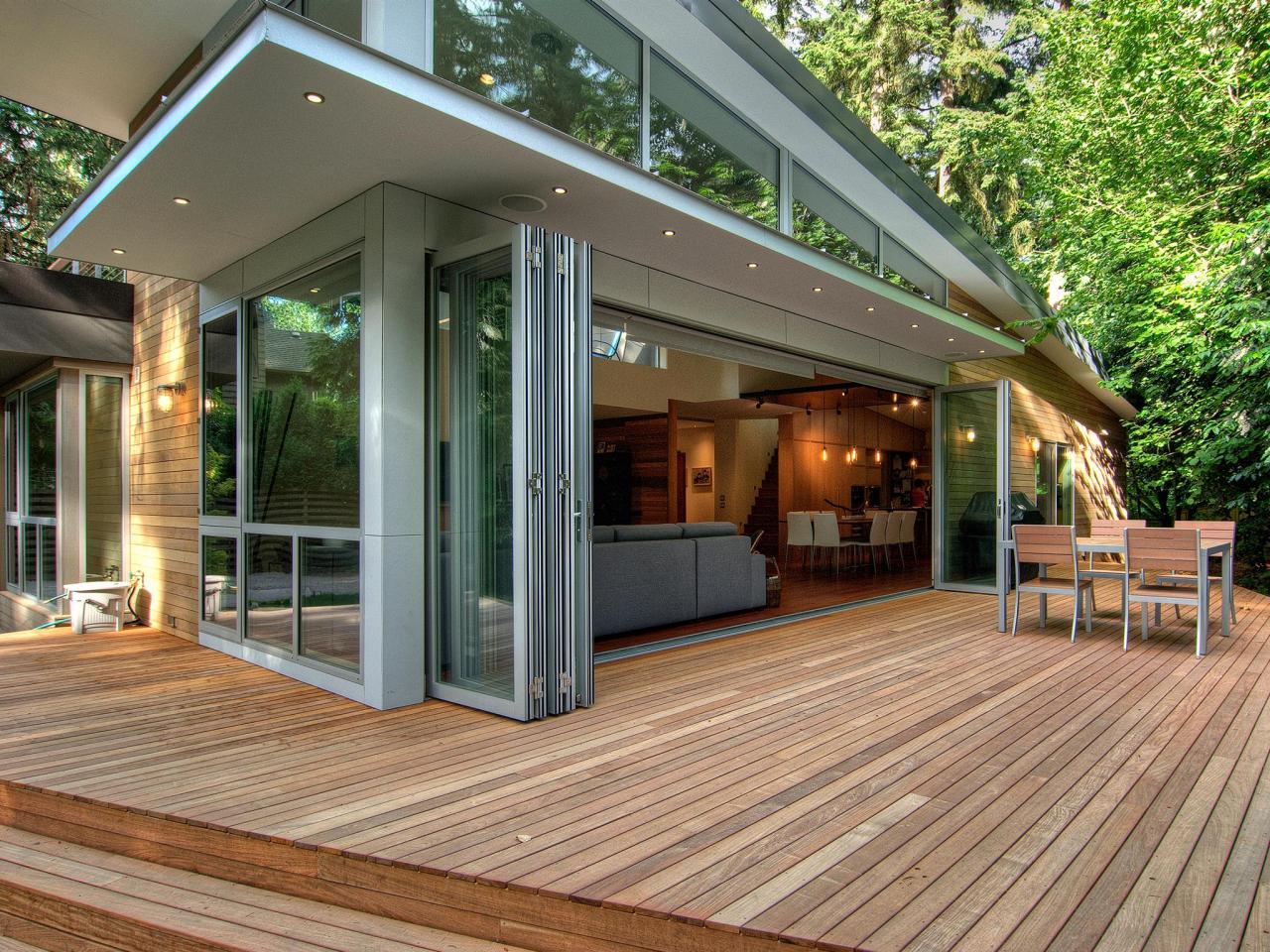
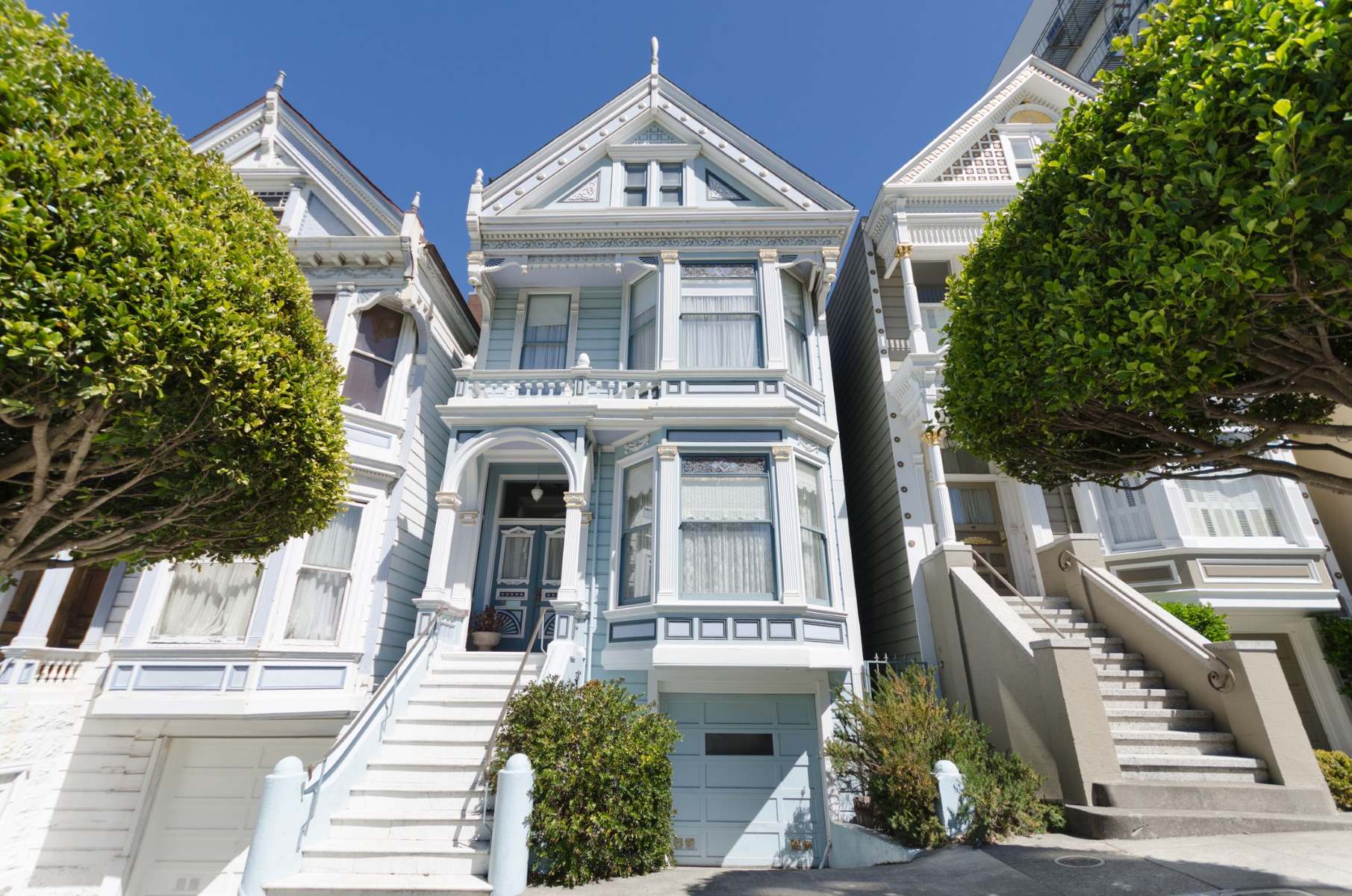
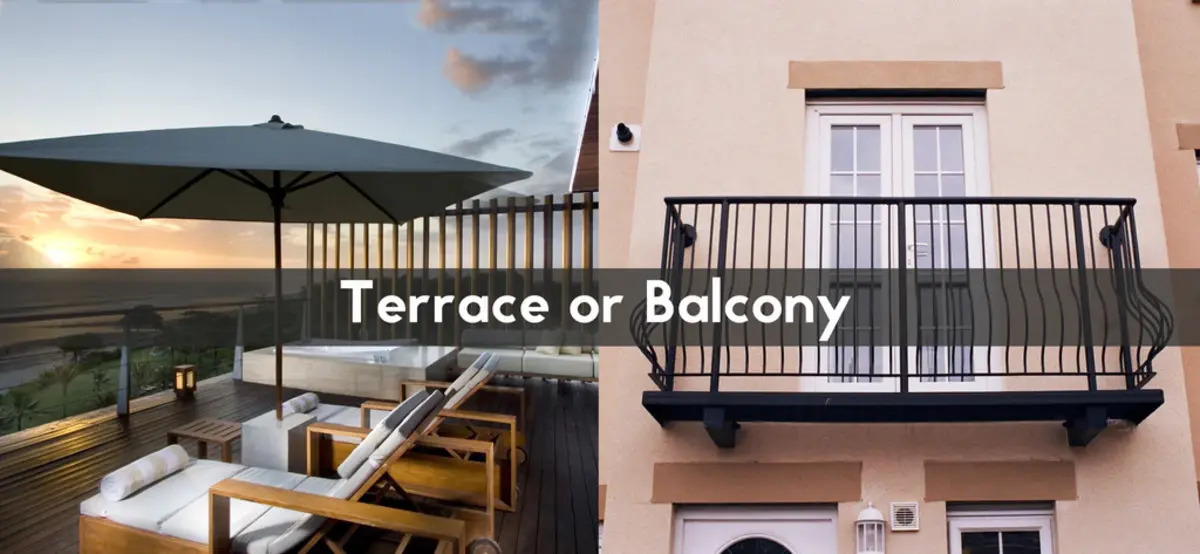
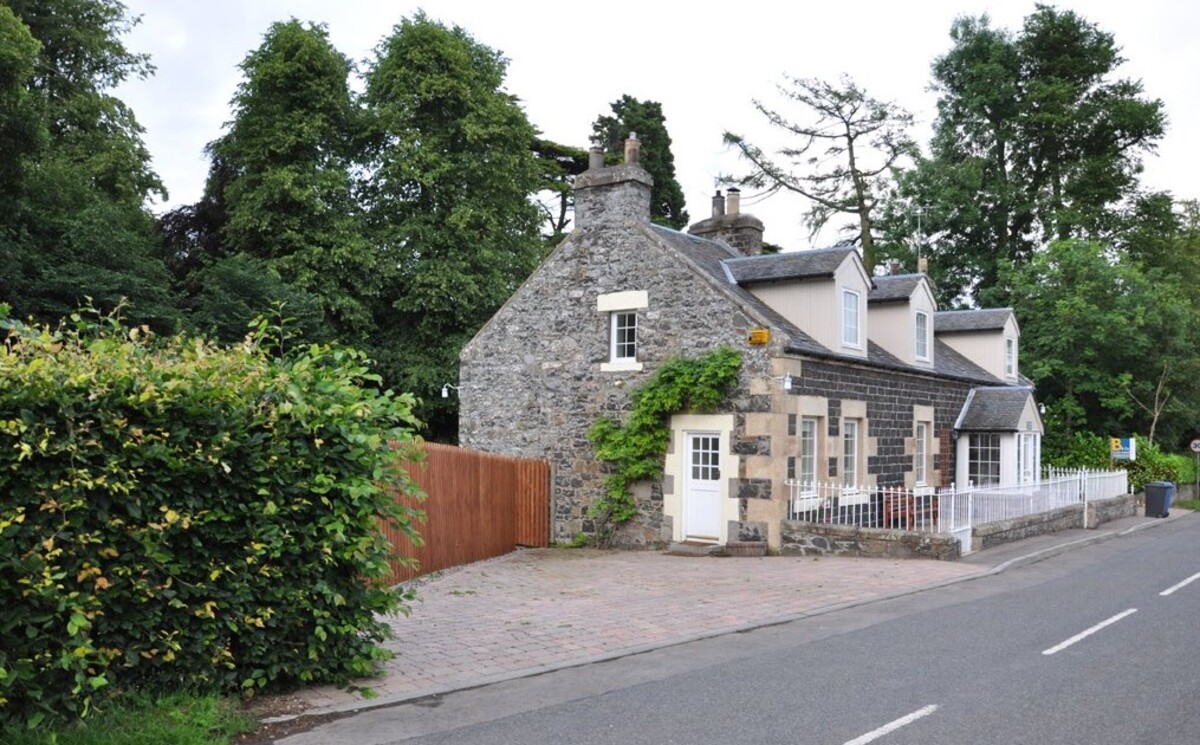
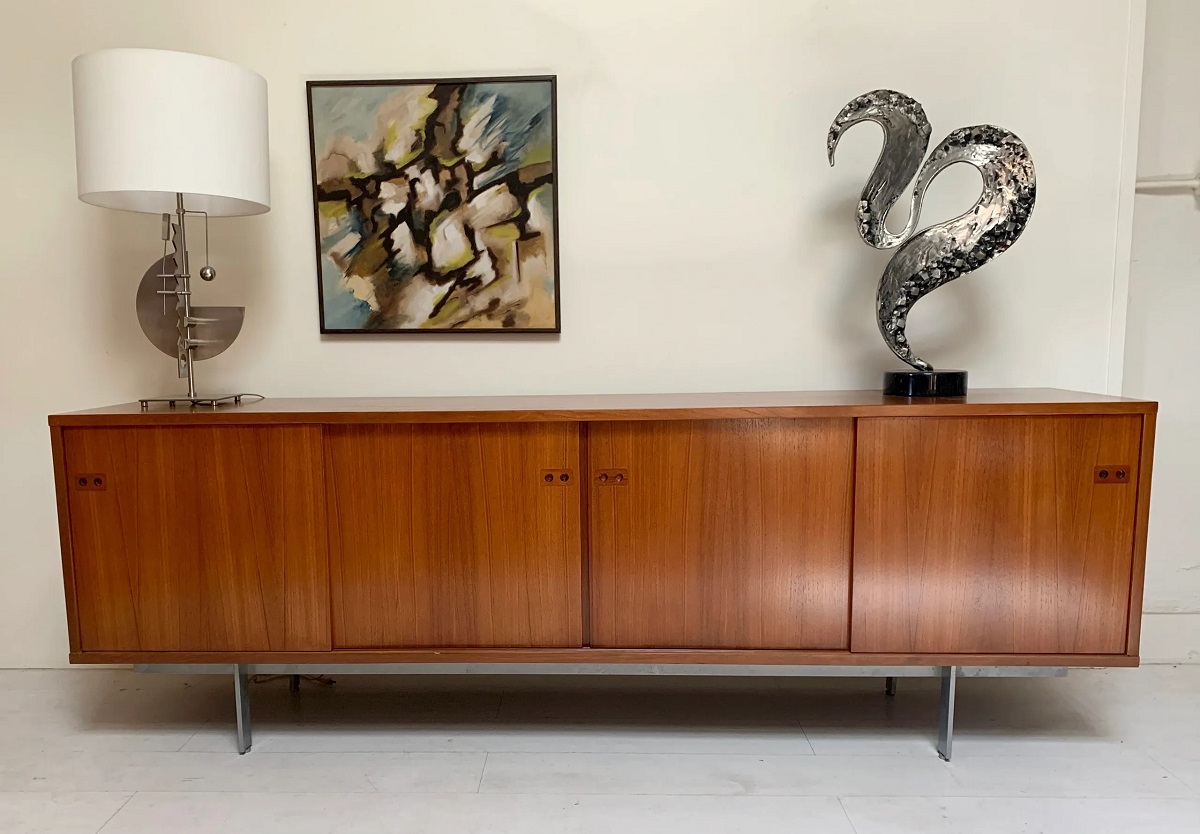
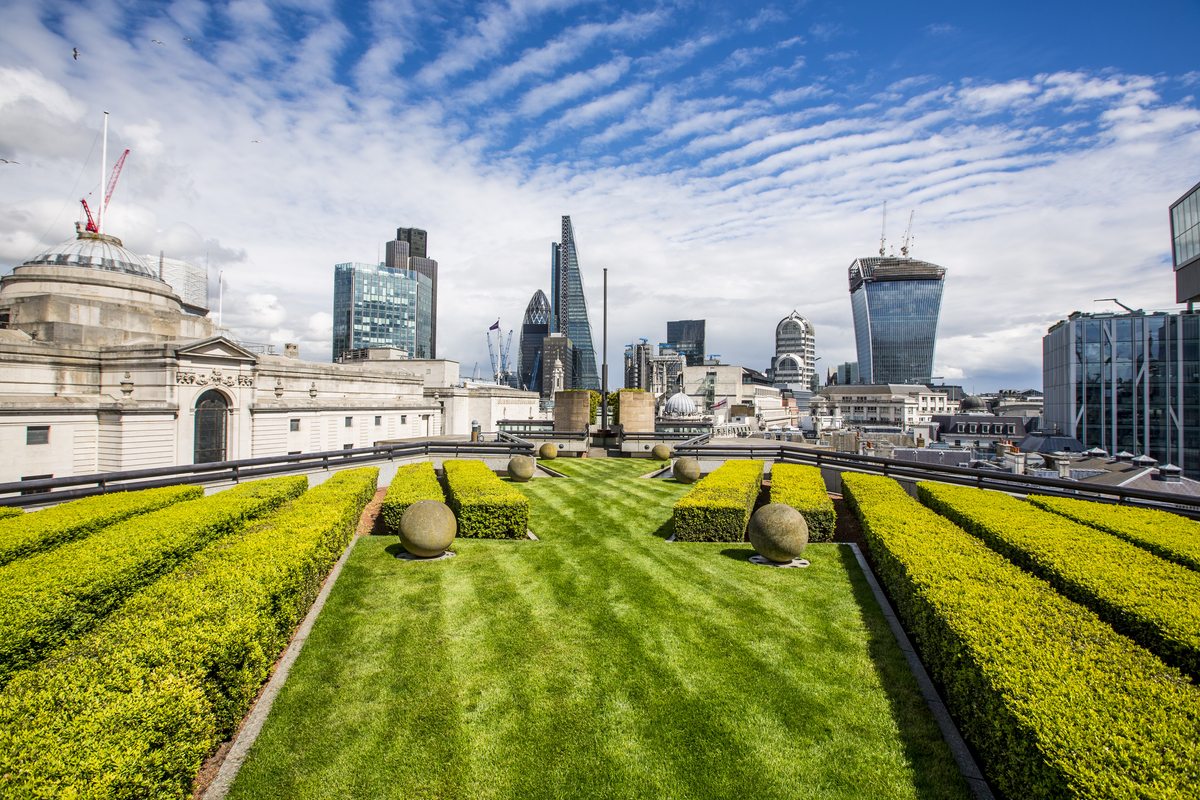
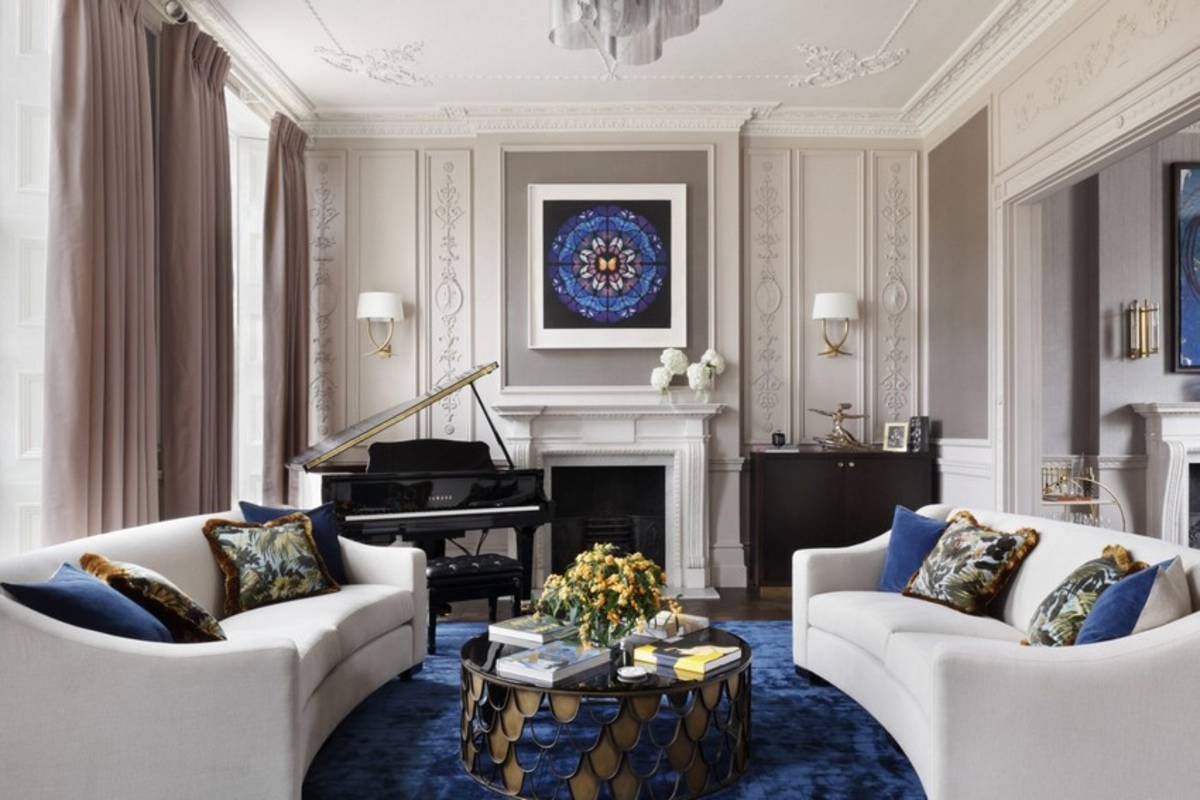
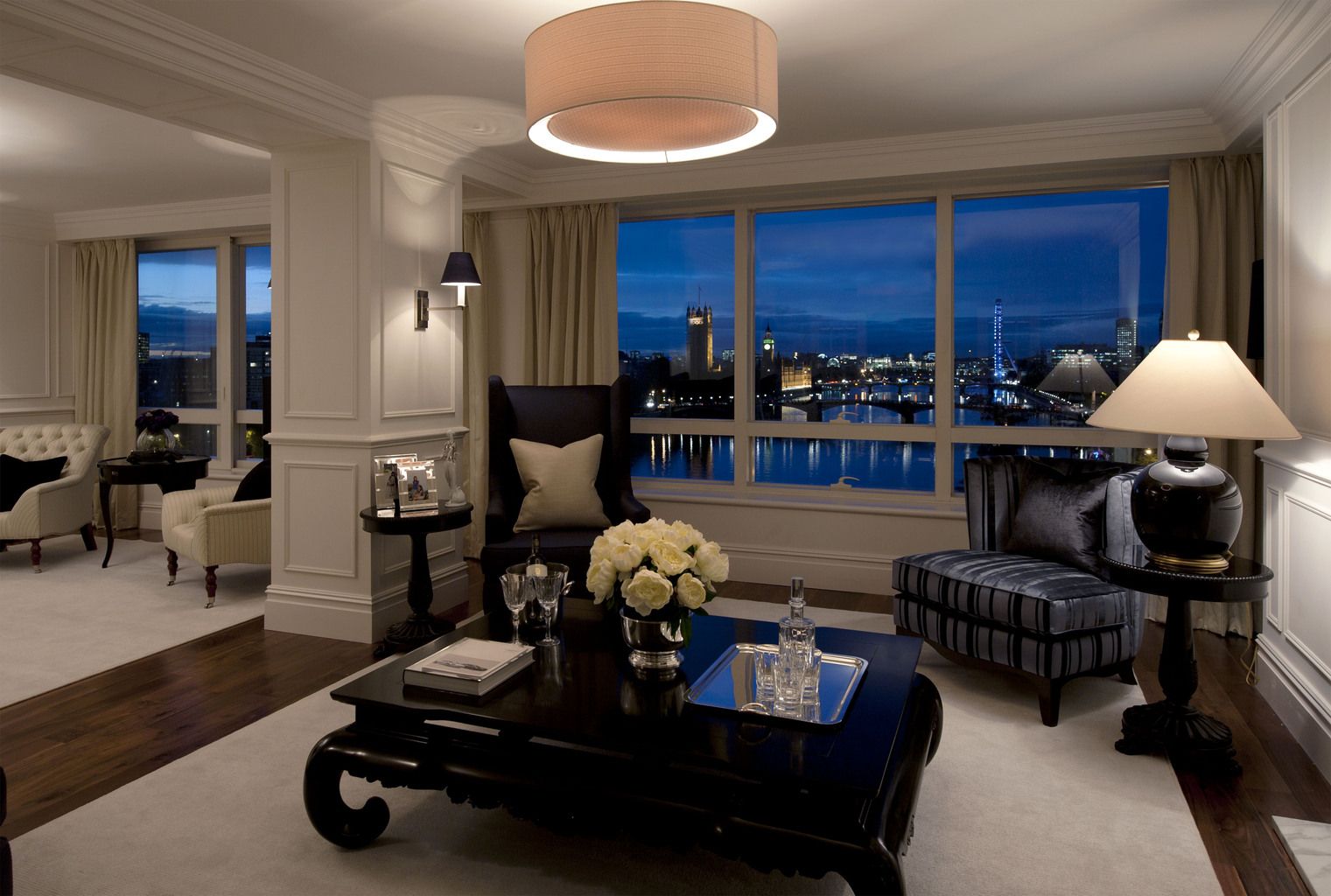
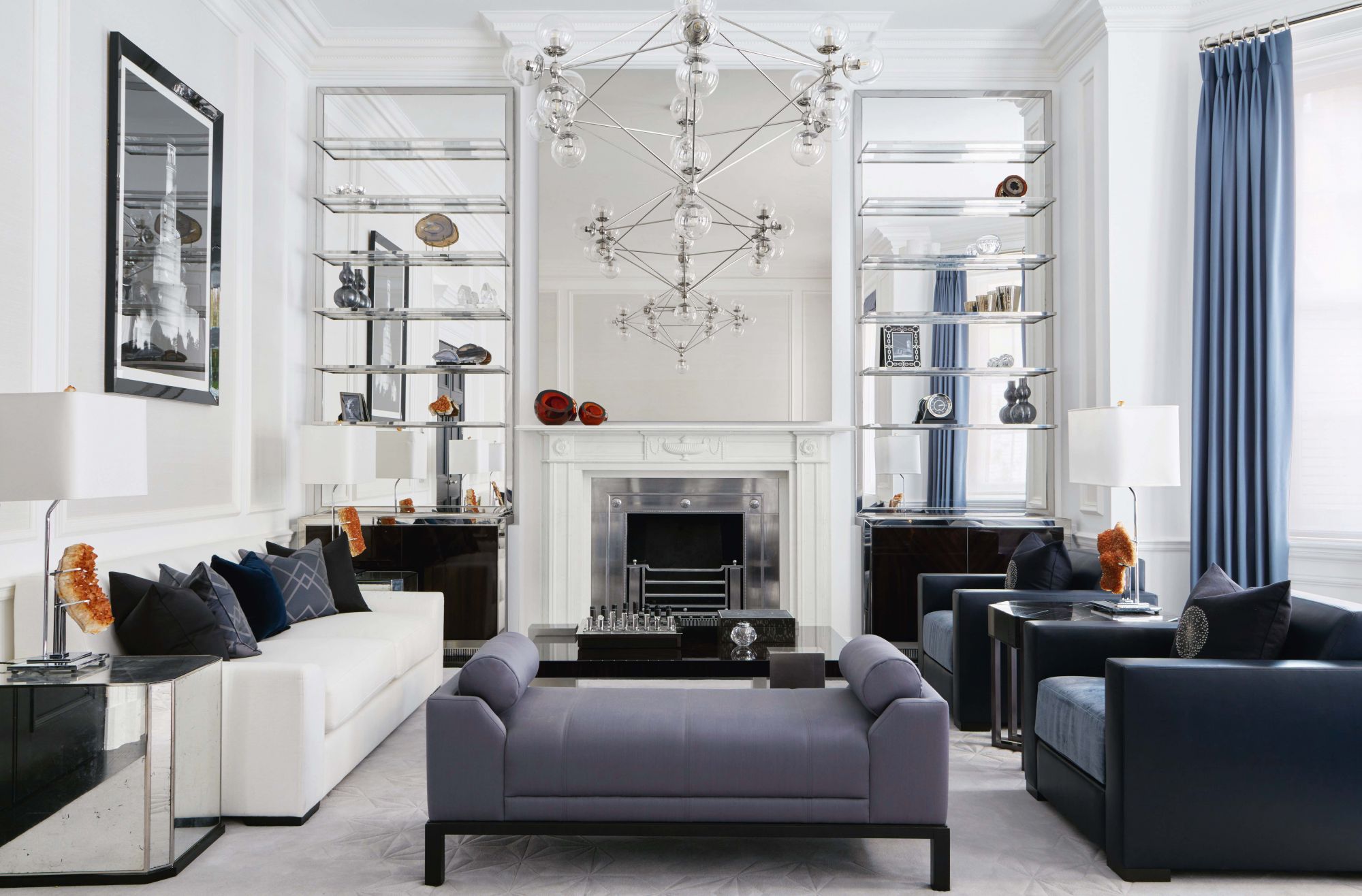
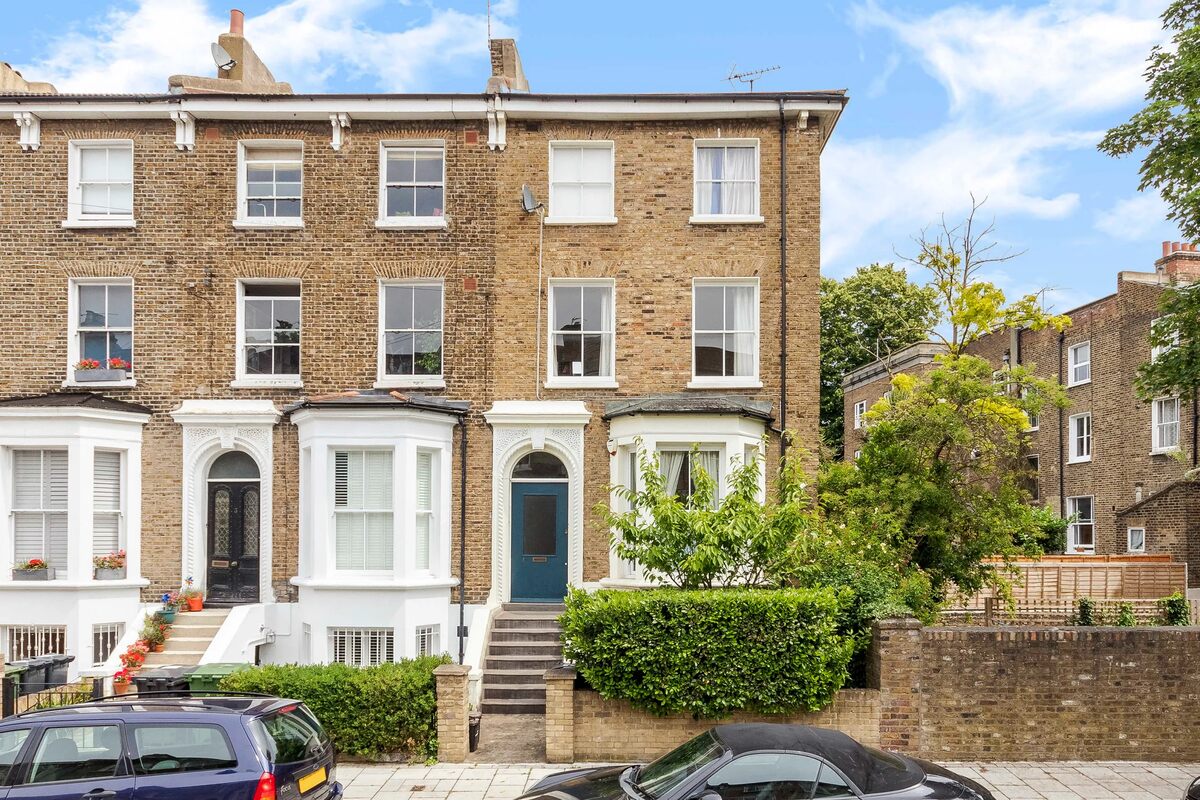

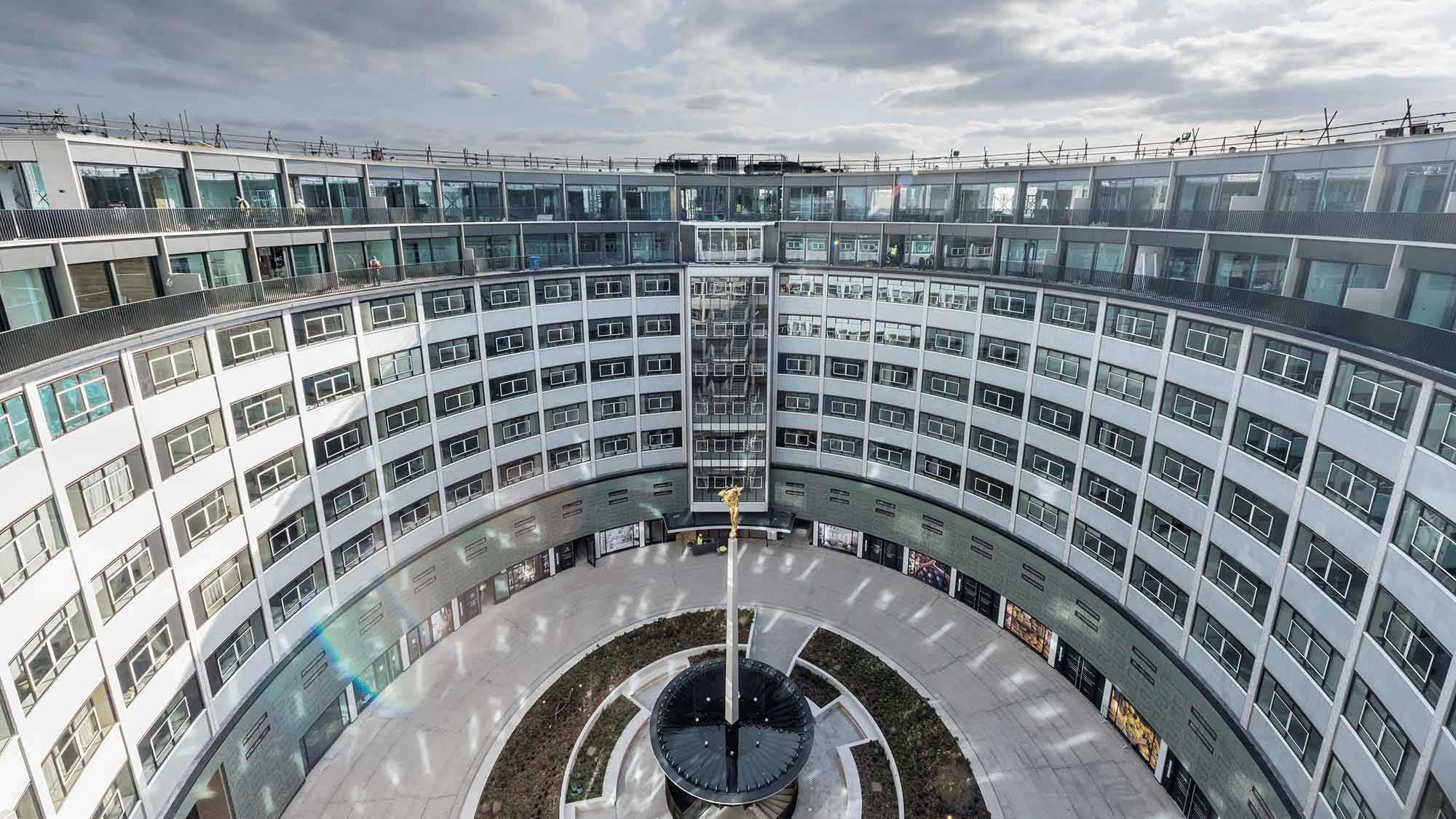
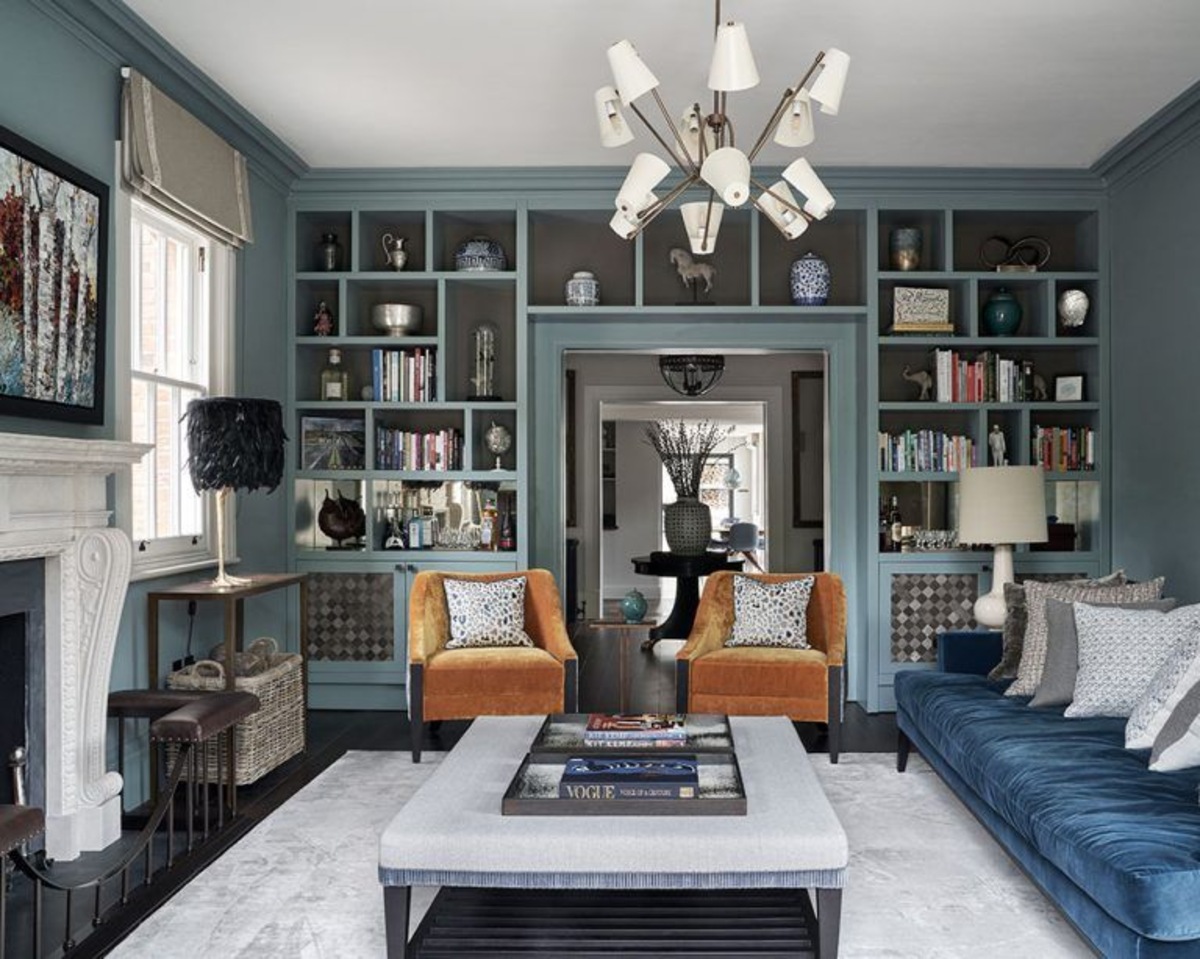
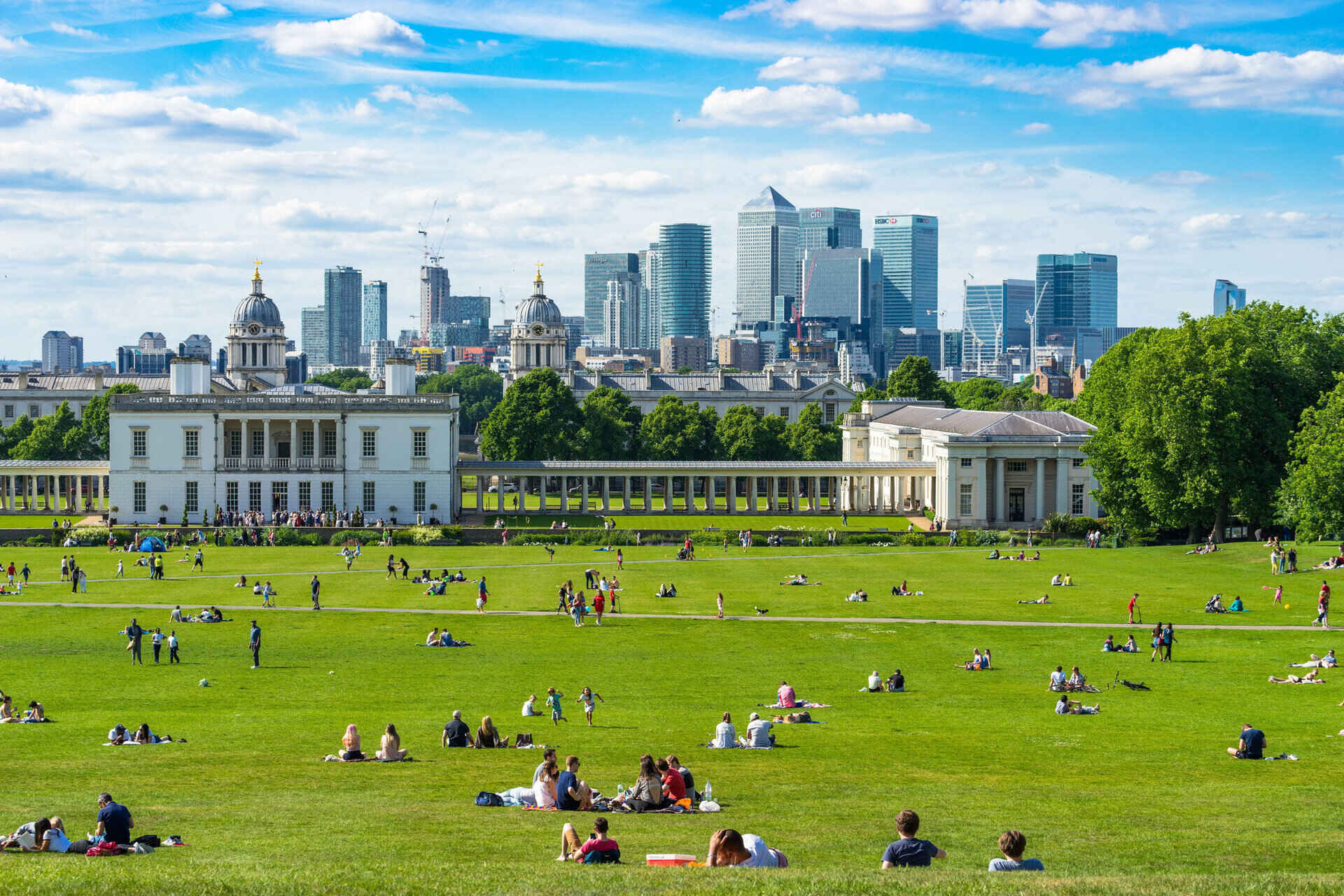

0 thoughts on “A Perfectly Peaceful Mid-Victorian Terrace In London”